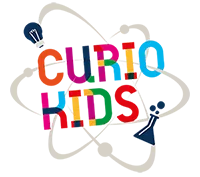
Like the spies, you will use a message decoder with a red filter. This way, you can exchange coded messages or riddles with your friends without anyone else being able to read them. Or even send a secret invitation to a lover? Play with light and color transmission to hide your messages. It’s up to you!
You will need:
- A blank sheet of paper
- Blue or green colored pencils
- A red marker
- A transparent red sheet
- A pair of scissors
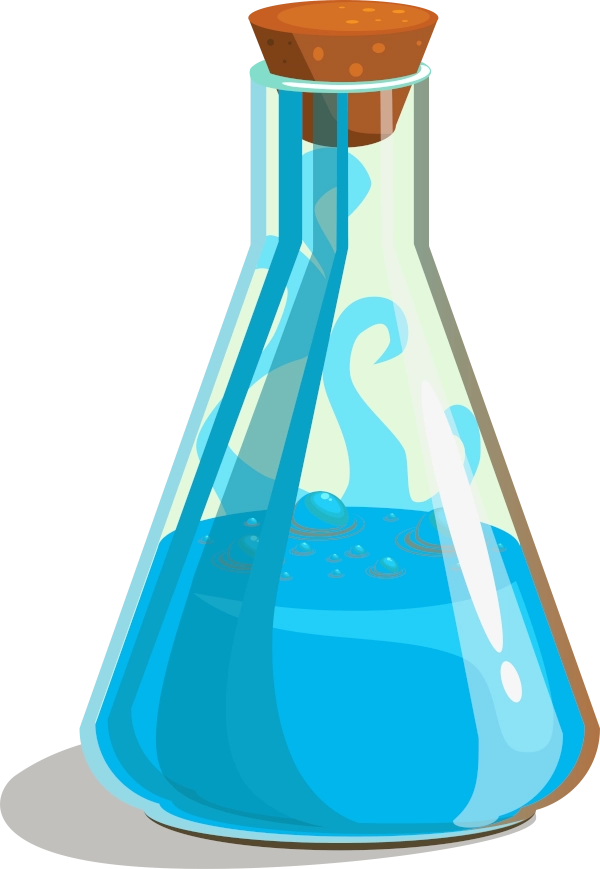
From 6 years

Difficulty : easy

This experience requires the help of an adult

Let's experiment


On your white paper, draw a treasure map, or write a secret code with your blue or green pencil.
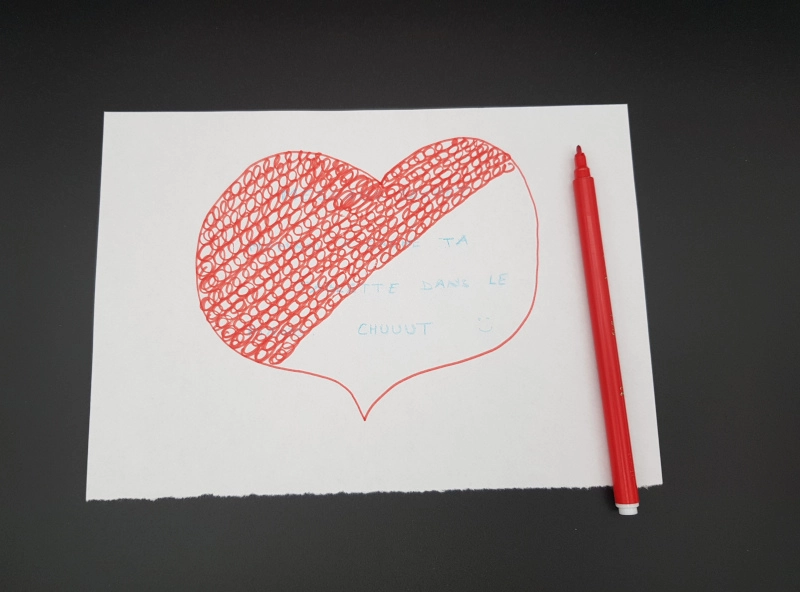
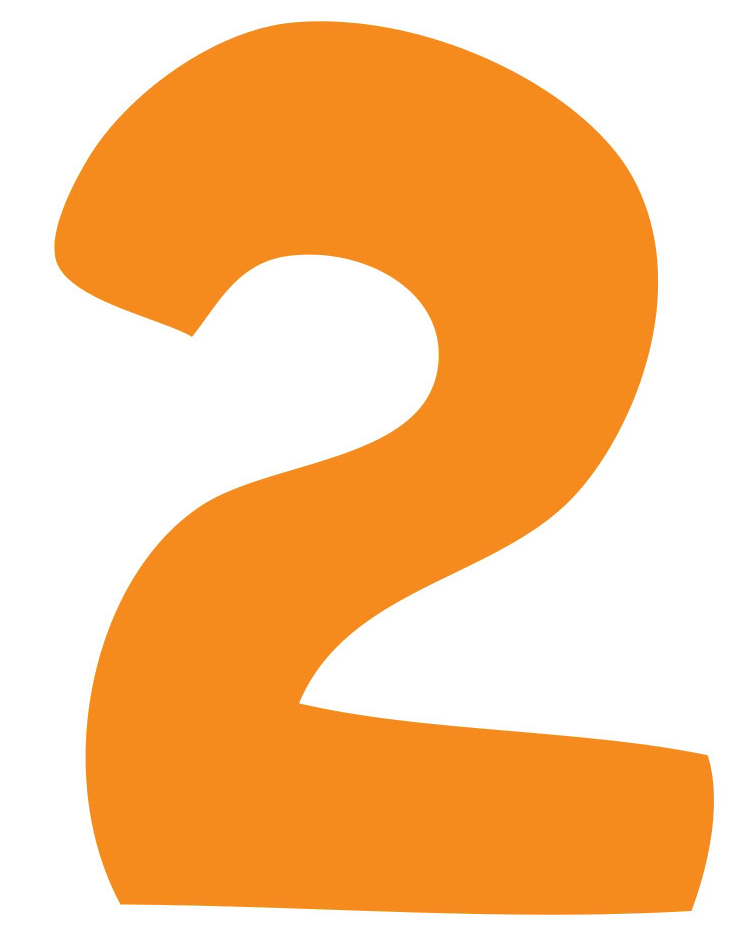
With your marker, make lots of doodles on top of everything. You can go wild. The important thing is that no one can read your card or message.

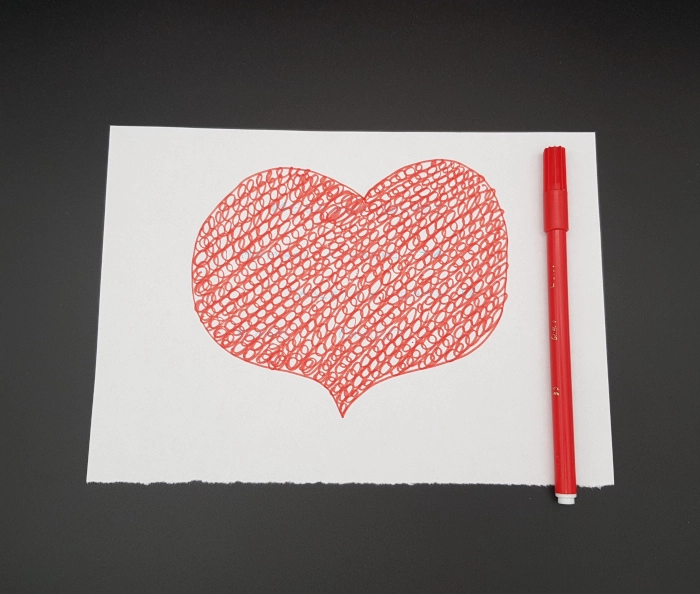
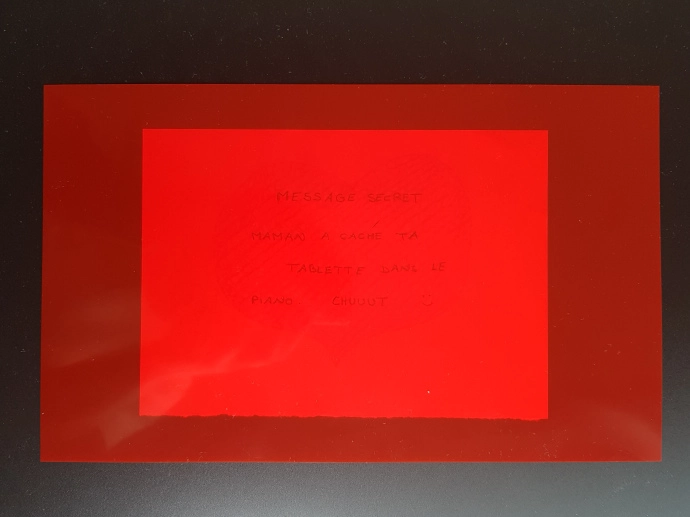

Cut out your red sheet of paper so that it is the same size as your white sheet.

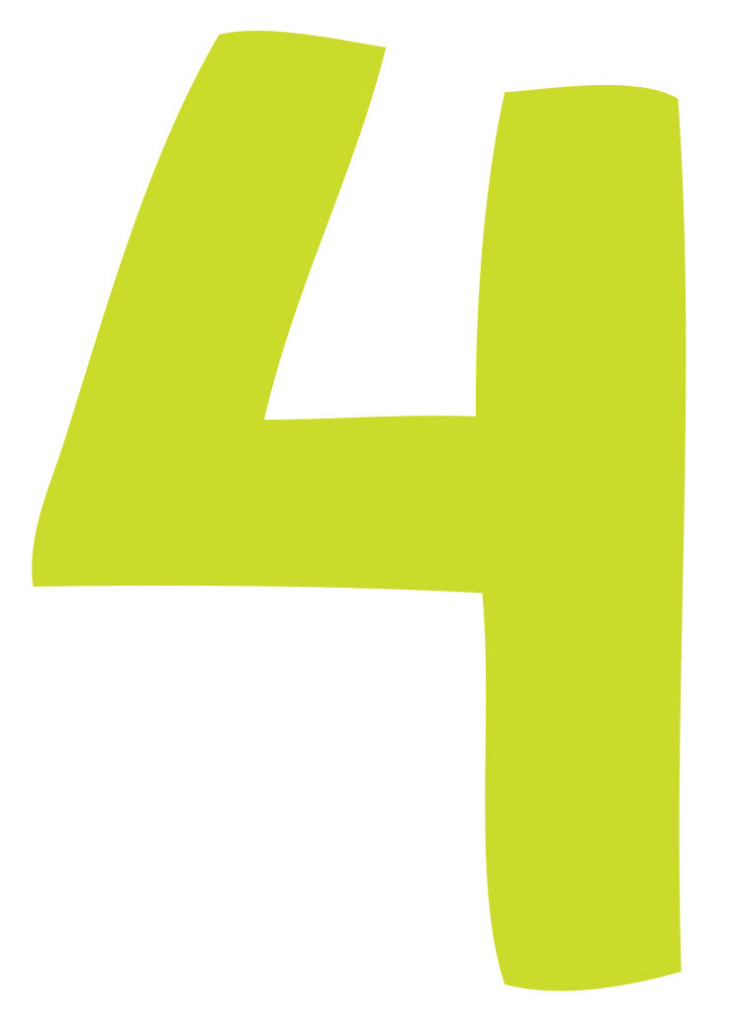
Place your transparent red sheet of paper over your drawing and watch the magic happen!
Understand the experiment
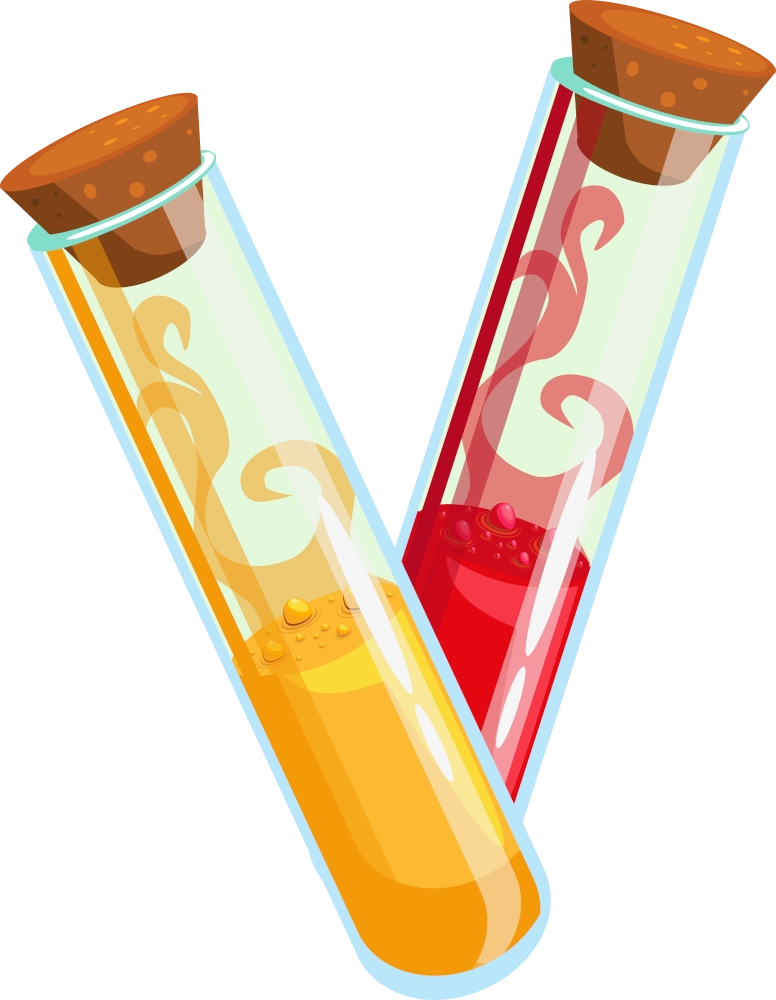
I can see you thanks to the red filter!
Your message written with a blue pencil, screened by the red squiggles, appears legibly as soon as you place your red sheet of paper. The squiggles disappear to leave a reddish background, on which you can read your message.
Is it magic? No, it’s not. It’s explained by physics.
It's your brain that reads colors.
The objects of your daily life are bathed in natural light (the sun) or artificial light. Your eyes initially perceive the colors you detect. The information is sent to the brain, which tells you that the color observed for the sky, for example, is blue.
Where do colors come from?
The sun, for example, sends you white light. This white light is composed of all the colors of the rainbow. When an object is illuminated by the sun, depending on its composition, part of the colored spectrum will be absorbed, while the rest will bounce off the thing. For example, the blue pencil lead absorbs all colors except blue. We say that the blue color is reflected. It’s the same principle for your red plastic sheet, except that this time it’s the red light that is reflected while all other colors are absorbed. Your white sheet reflects all the colors without exception. That’s why it appears white to you.
The objects of your daily life are bathed in natural light (the sun) or artificial light. Your eyes initially perceive the colors you detect. The information is sent to the brain, which tells you that the color observed for the sky, for example, is the color blue.
Are you playing with light to decipher the secret message? How does it work?
Now that you have understood why the objects in your environment display specific colors, we will seize why you can decipher the secret message with the transparent red sheet.
If you place your transparent red sheet on top of your white sheet full of scribbles, the latter will also appear red. Why is this? Because your red sheet filters the light reflected by your white sheet. Only the red light passes through. And so your white paper appears “red” to you if you look at it through your transparent plastic sheet.
Since your doodle is red, too, it reflects red back to your plastic sheet. Therefore, the red squiggles on the red background seem to disappear.
As for the text, you see it as dark blue, almost black. The blue color of the pencil absorbs all other colors except blue. The red sheet blocks the blue of your secret message because the blue is absorbed. As your red plastic sheet absorbs the blue, your text appears black!
Now that you’ve got it, become an FBI agent.
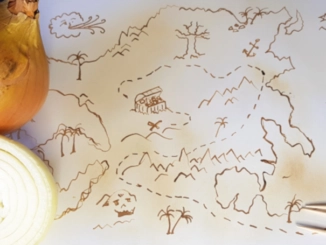
A treasure map with invisible ink
Invisible ink is very useful for drawing treasure maps or writing secret messages. Only those who know chemistry will find a way to reveal your message. Let’s use onion juice to prepare the invisible ink. […]
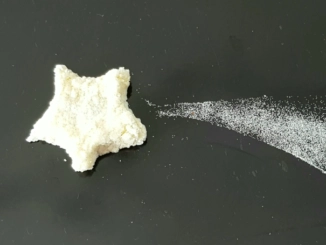
Transform milk into plastic
Did you know that plastic can also be produced from natural resources? The best example is milk! Milk proteins, huge molecules like those in plastics, can, under certain conditions, agglomerate to form a solid. […]

The color decomposition of your markers
The primary colors are cyan, yellow and magenta. Three colors from which all others derive. One way to find out what the color of the felt-tip pens is made of is to play with water, a coffee filter and use the principle of capillary action. […]
